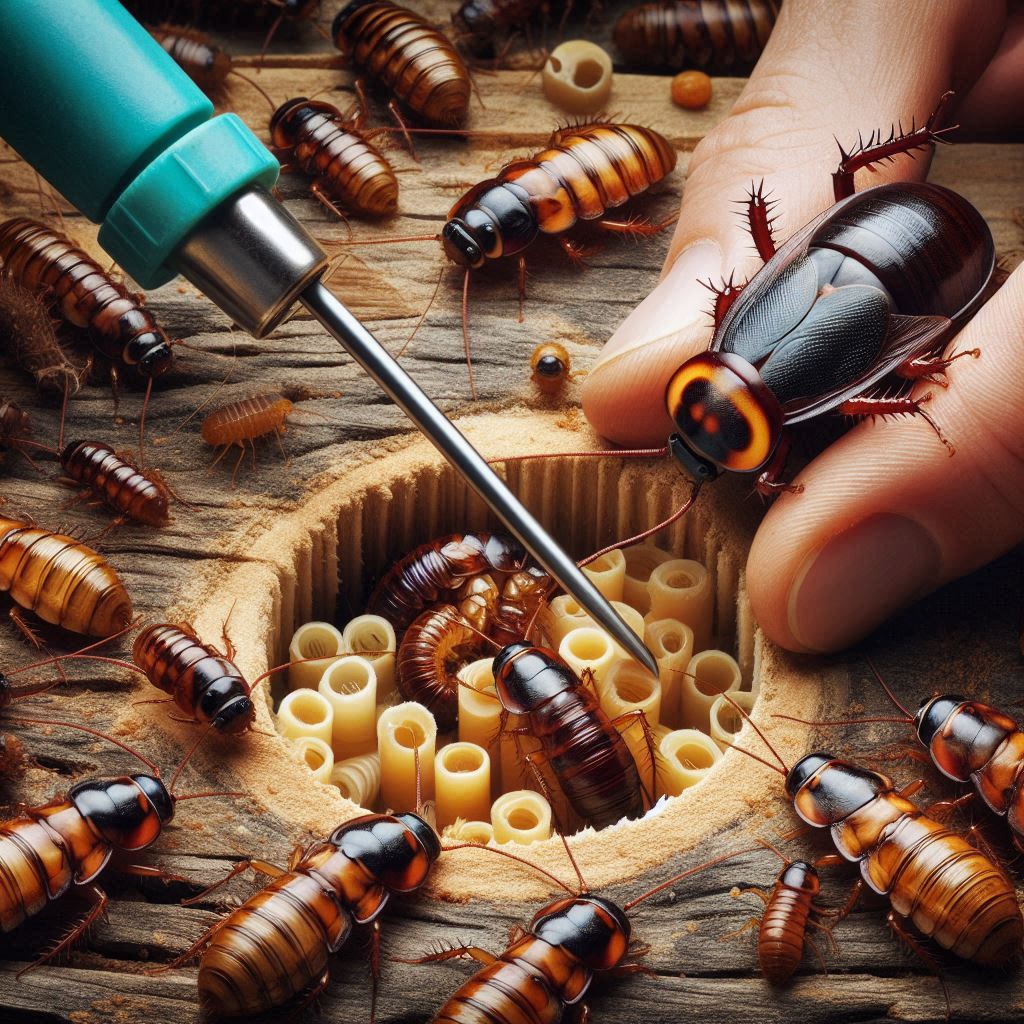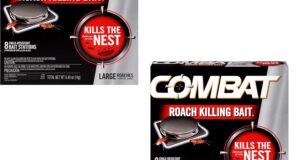Nature, in its intricate design, has given even the most unwelcome creatures the means to thrive. Among these, the German cockroach (Blattella germanica) stands as a persistent adversary in households and establishments. Like an uninvited guest that refuses to leave, its presence is not just a mere nuisance but a formidable challenge that demands strategic intervention. Understanding the lifecycle of these pests is the first step in devising an effective control strategy, particularly one that halts larval development before the problem spirals out of control.

The Ootheca: A Cradle of Future Infestation
Much like a treasure chest filled with potential chaos, the ootheca—the egg case of roaches—harbors the next generation of these pests. Each ootheca contains between 15 and 40 eggs, meticulously arranged in dual rows. The development of an ootheca is a delicate process, requiring a few days before it is firmly affixed to a surface, often hidden from plain sight. Over her lifetime, a single female German cockroach can lay up to 100 oothecae, each brimming with 16 potential new invaders. This alarming reproductive capacity makes the German roach a formidable pest that thrives if left unchecked.
The hatching of eggs, akin to an orchestra playing to the rhythm of the seasons, is heavily dependent on environmental conditions. Under the warmth of summer’s embrace, these eggs hatch in just 35 days, but in the biting cold of winter, the process extends up to 100 days. Herein lies the secret to their survival—an adaptability that ensures their lineage persists against all odds.

Larval Development: A Journey of Transformation
The larval stage, or the nymphal phase, is the bridge between birth and adulthood. These nymphs, tiny yet relentless, embark on a journey of growth that mirrors the mythical phoenix, shedding their old forms through a process known as molting. Over the course of 10 to 13 molts, they inch closer to maturity. If conditions are favorable, this transformation is rapid, taking a mere six months in the heat of summer. However, when winter’s frost grips the environment, this evolution slows, stretching the journey to a staggering two years.
German cockroaches follow a hemimetabolous metamorphosis, meaning they lack a pupal stage. Instead, they undergo a series of gradual changes, their once soft and vulnerable exoskeletons hardening into the resilient armor of adulthood. Under optimal conditions, these roaches produce two to three generations annually, an endless cycle of infestation that can overwhelm any household.
The Battle Against German Roaches: Strategies for Prevention
In the war against these relentless invaders, knowledge is the most potent weapon. One must strike at the heart of their lifecycle—preventing larval development to ensure that new generations never see the light of day.
1. The Power of Pesticides Targeted pesticide application is an essential tool in controlling German roaches. Specialized German roach killer products disrupt their growth cycle, ensuring that nymphs never reach adulthood. These formulations, often infused with insect growth regulators, act like a curse upon the pest’s lineage, cutting short their reign before it begins.
2. Depriving Them of Sustenance Roaches are drawn to food like moths to a flame. Proper sanitation, regular disposal of waste, and ensuring food is stored in airtight containers can significantly reduce their attraction to a space. The fewer resources they find, the less likely they are to thrive.
3. Sealing Their Havens Like shadows in the night, roaches seek refuge in the crevices and cracks of homes. By sealing these hiding spots, one can cut off their sanctuary, leaving them vulnerable and exposed. Caulking gaps, fixing leaks, and ensuring proper ventilation creates an inhospitable environment for them.
Victory Lies in Vigilance
German cockroaches, resilient and resourceful, have plagued households for centuries. Their ability to reproduce rapidly and adapt to varying conditions makes them a formidable foe. However, armed with the right strategies—targeted pesticide use, meticulous cleanliness, and proactive exclusion—one can turn the tide in this battle. A home free of these pests is not just a dream but an achievable reality, where vigilance and persistence stand as the ultimate defenses against infestation. The war against German roaches is not won overnight, but with consistency and the right approach, victory is within reach.




